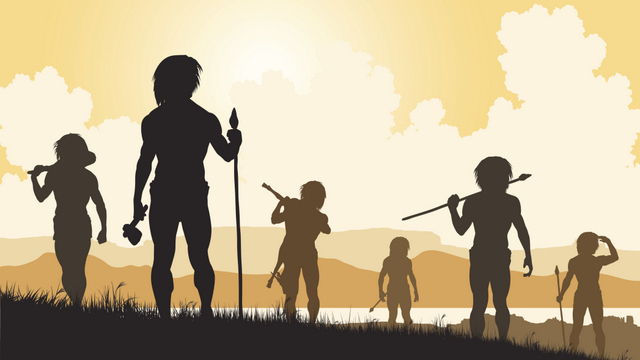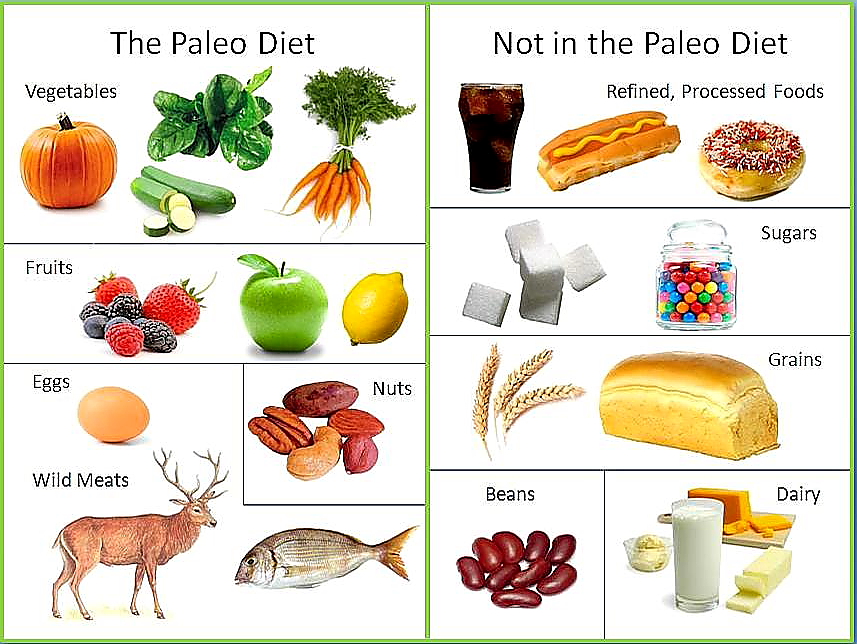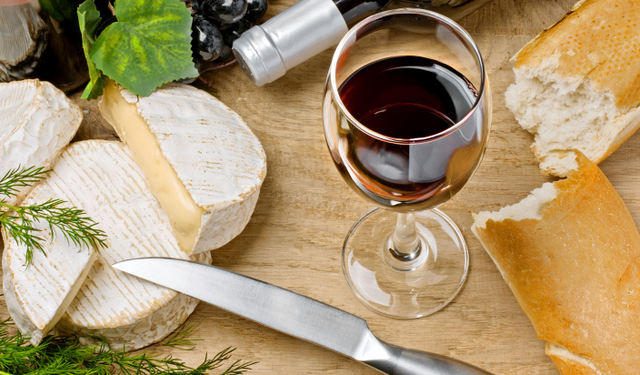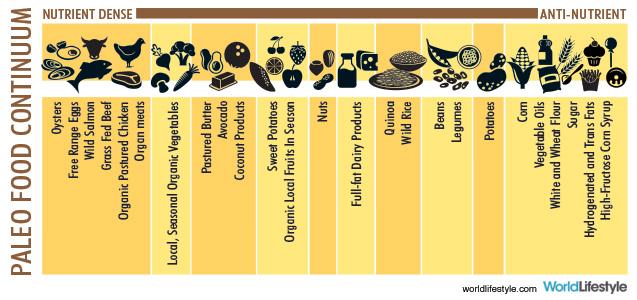
Paleo, Primal, and Caveman eating are all the rage these days. But what does it really mean to eat like a stone age resident? We break down all the facts and information you need to know, from the science behind this popular diet to the rights and wrongs of Paleo nutrition.
1. What Is the Paleo Diet?

Eating “Paleo” means choosing foods that our cavepeople ancestors ate during during the Paleothic era (2.6 millions years to about 10,000 years ago). Since this was the hunter-gatherer period before the start of agriculture and farming, starting a Paleo diet means saying hello to meat, fish, and vegetables and saying goodbye to anything with a nutrition label. This type of eating is also sometimes called Primal or Caveman.
Paleo experts like Dr. Loren Cordain believe that our bodies have not evolved enough to handle our modern diet. Their theory is that by going really retro in the way we eat, we can not only lose weight and feel and look better, but also cure ourselves of other diseases, allergies, acne, and common health problems.
2. What You Can Eat on the Paleo Diet:

If you switch to the Paleo diet or lifestyle, you are allowed anything you might have been able to hunt or find way back when. That means you can eat fish, meat, nuts, eggs, fruits, vegetables, nuts and seeds. If you want to take it a step further, then focus on wild-caught fish, grass-fed meat, and seasonal vegetables.
3. What You Can’t Eat on the Paleo Diet:

Paleo eating means no grains, no sugar, no dairy, no legumes (beans, peas, and lentils), and no processed foods. That also means no bread, no pasta, no alcohol, and no candy. Paleo advocates contribute our current obesity and weight crisis to our collective diet filled with bread, pasta, rice, and too much sugar.
4. What Nutritionists and Doctors Say about the Paleo Diet:

Most nutritionists applaud Paleo diet plans for cutting back on processed food and sugar. I’ve never met a dietician or doctor who didn’t also recommend eating more whole foods and vegetables. If you are eating Paleo, you are naturally eating clean and following a whole foods diet. You are also gluten-free and basically doing a slow carb (or low carb) diet at the same time.
But for practical purposes, many nutrition experts do not recommend any diets that restrict entire food groups. Why? Because these diets are difficult to follow in the long-term.
The “science” of the Paleo diet has also drawn its fair share of critics. Scientists take issue with the supposed fact that human digestion has not evolved and also the idea that all hunter-gatherers around the world ate the same thing (they did not). Look at the chart above for an example.
5. Will You Lose Weight on the Paleo Diet?

It’s very probable that you will lose weight when you switch to the Paleo diet. Many people have found weight loss success following this eating plan and I personally know many people who have shed pounds and say they feel better eating this way.
If you are planning to start eating Paleo, then follow of the advice of UCLA Professor Alan Blaisdell, who recommends thinking about Paleo eating on a spectrum. Try to eat the most nutrient-dense foods and eat less of the nutritionally damaging foods. This way, you are not cutting out anything, but focusing your eating on the more Paleo end of the spectrum.
